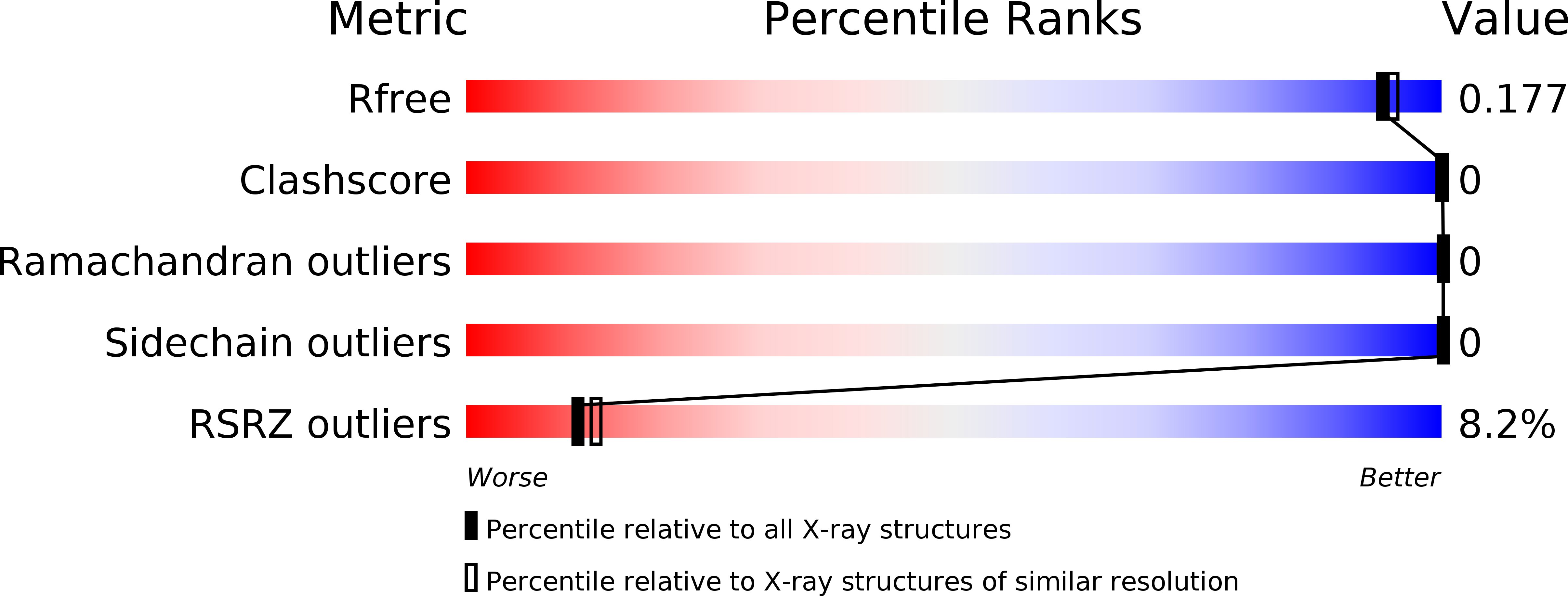
Deposition Date
2018-04-02
Release Date
2019-02-20
Last Version Date
2023-10-04
Entry Detail
PDB ID:
6CXB
Keywords:
Title:
Structure of N-truncated R1-type pyocin tail fiber at 1.7 angstrom resolution
Biological Source:
Source Organism:
Pseudomonas aeruginosa LESB58 (Taxon ID: 557722)
Host Organism:
Method Details:
Experimental Method:
Resolution:
1.70 Å
R-Value Free:
0.17
R-Value Work:
0.15
R-Value Observed:
0.16
Space Group:
I 21 3


